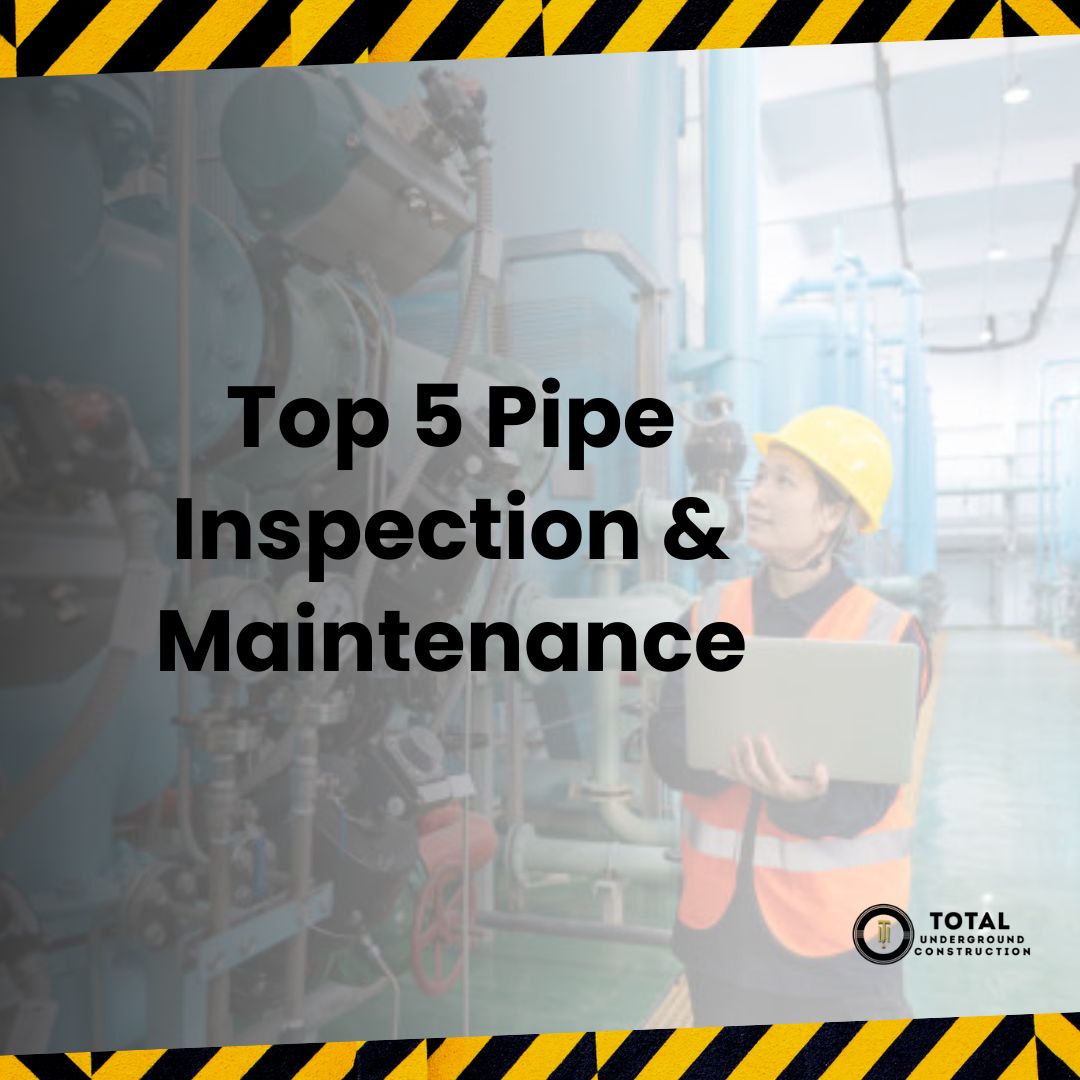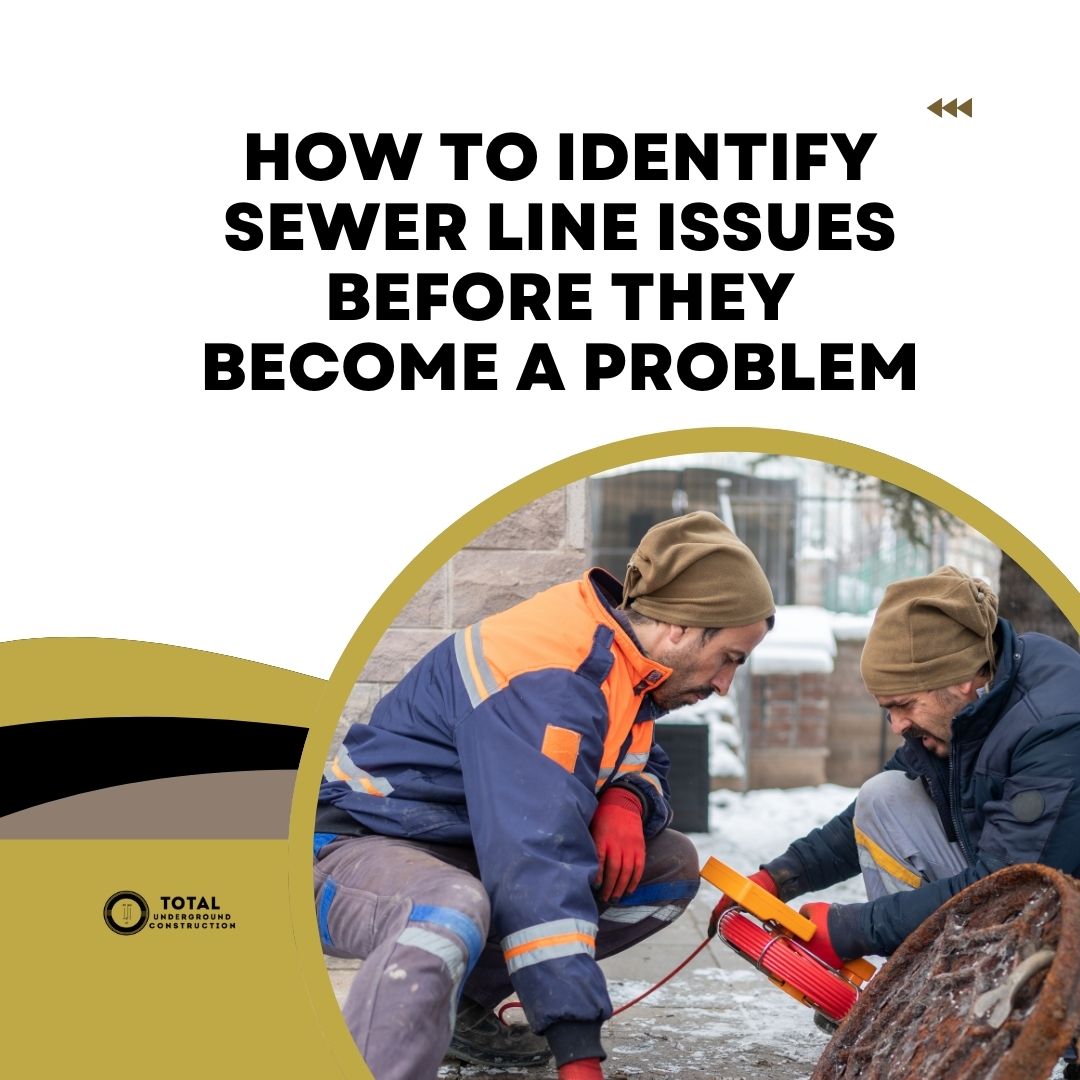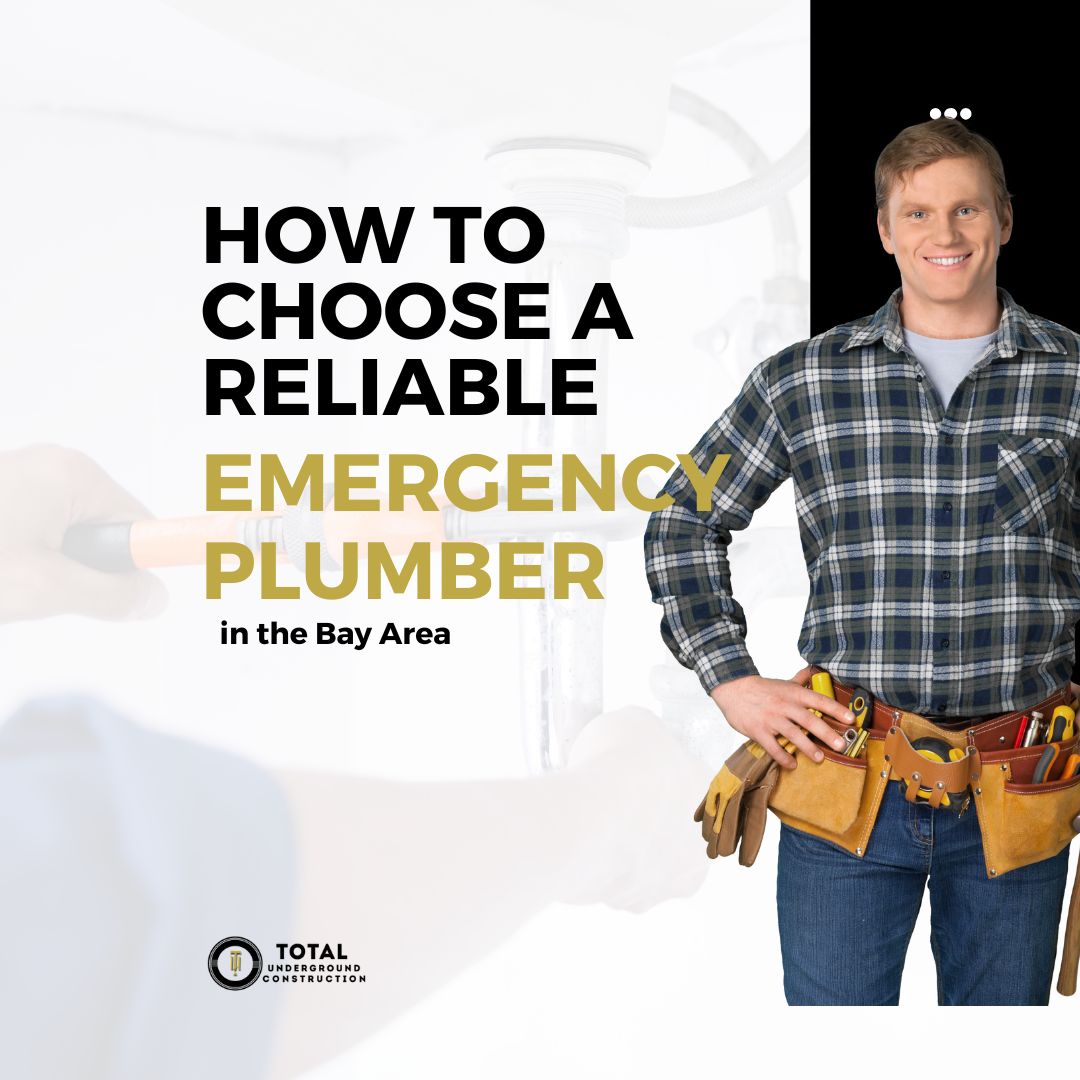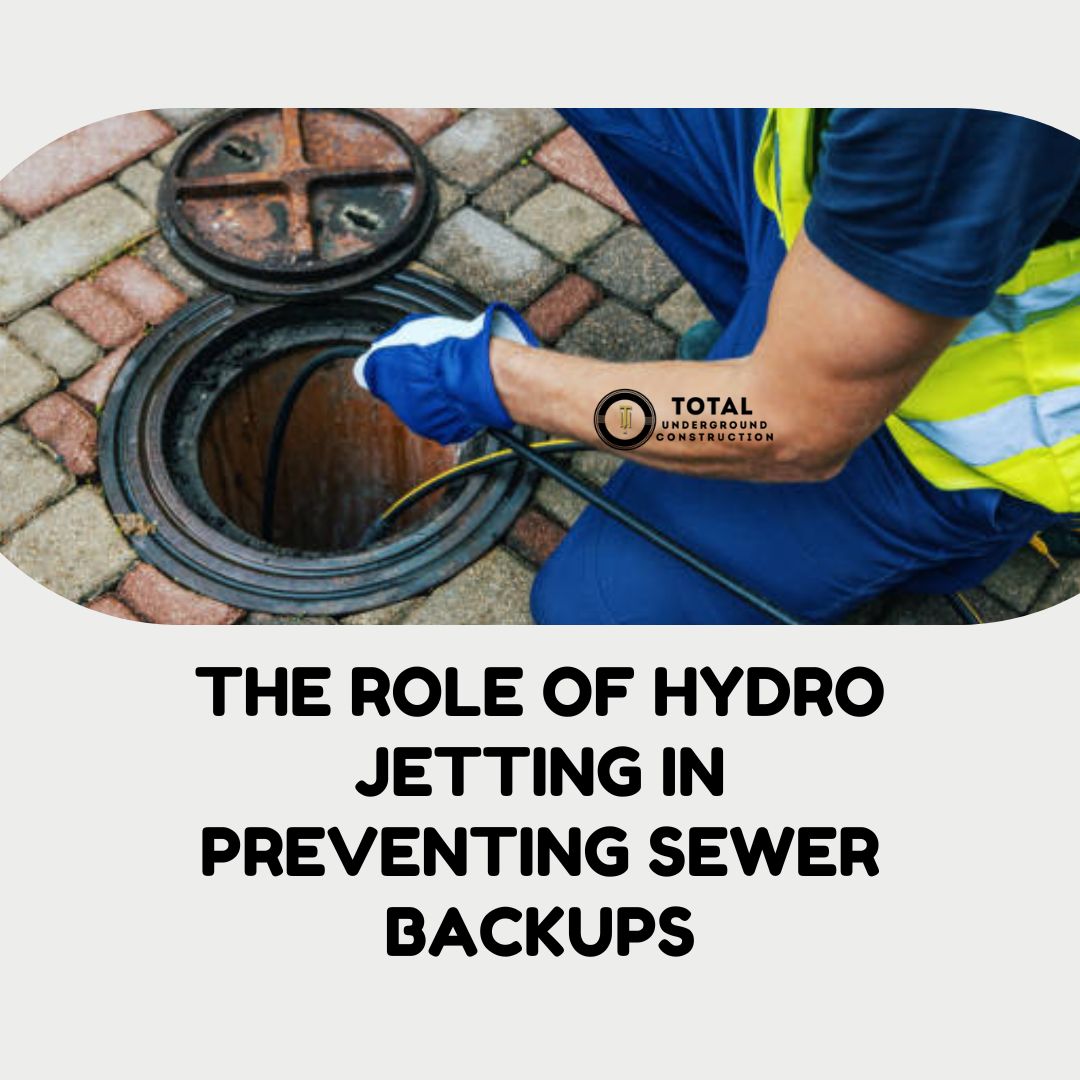A pressure reducing valve (PRV) is a valve that automatically controls the varying and unregulated high pressure of water at the inlet to a plumbing system and converts it into a constant lower pressure flow at the outlet, irrespective of variations in the inlet pressure or in outlet demand.
Everyone who turns on their faucet, runs their shower, or flushes the toilet and expects them all to work perfectly every time takes the components like the PRV for granted. It’s important, however, to understand how they work together in a plumbing system if only to be able to diagnose the problem if and when it arises, and to be able to describe it to us: your plumbing repair experts!
What is a Pressure Reducing Valve (PRV)?
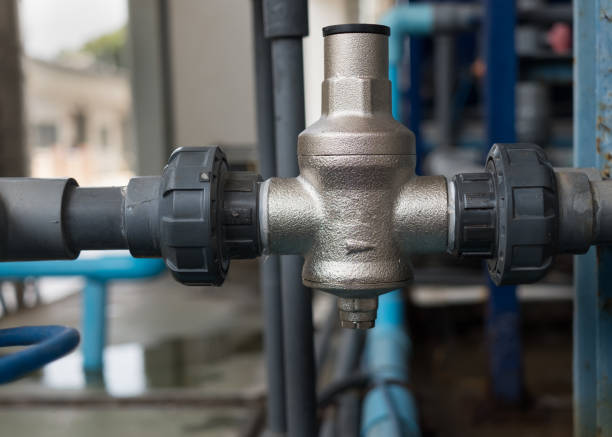
To avoid confusion, we must point out that there is another plumbing component, also referred to as a PRV: the pressure relief valve. Also referred to as a safety valve, the relief valve is designed to vent water, removing it from the system in the event of an excessive build-up of pressure, rather like the safety valve on a pressure cooker. In this article, PRV will refer only to a Pressure Reducing Valve.
The PRV is a mechanism located where the water supply enters the home that reduces higher or fluctuating pressure upstream to provide constant lower pressure downstream.
Excessive or fluctuating pressure in a plumbing system can not only damage the system and connected appliances but also cause a lot of inconvenience and discomfort to those who suffer the consequences. If you’ve ever been scalded in a hot shower when someone turns on a cold-water faucet or flushes the toilet elsewhere in the home, you’ll appreciate the value of a PRV.
How a PRV Functions in a Plumbing System
The PRV is positioned in the main supply line, close to the shut-off valve, before any diversions of the line to various parts of the home.
The Mechanism of a PRV
Typically made of stainless steel or brass, a PRV has a bell-shaped housing containing an inlet, an outlet, and an adjustable spring-loaded diaphragm.
The PRV uses spring pressure against the diaphragm to open the valve. Below the diaphragm, the outlet pressure of the valve forces the diaphragm upward to partially shut the valve. If the outlet pressure drops below the set point of the valve, the spring pressure overcomes the outlet pressure and forces the valve stem downward, opening the valve.
When high-pressure water flows into the inlet, it presses against the diaphragm and spring. The spring exerts a force against the diaphragm, counteracting the incoming pressure. If the pressure increases, the diaphragm compresses the spring further until an equilibrium is reached, allowing a controlled amount of water to pass through the valve and into the outlet.
An adjustment screw on the top of the valve can be tightened or loosened to increase or decrease tension on the spring, reducing the pressure of the water as it exits the valve or allowing water to flow more freely through the valve, increasing the outgoing water pressure.
The Role of a PRV in Your Plumbing System
Now we know the “how” of a PRV, let’s look at the “why” – its role in the system. Pressure-reducing valves have applications and are used in many different situations, including commercial and industrial water and gas supply systems, but our attention in this article is on PRVs in the home.
The Purpose and Benefits of a Pressure-Reducing Valve
Most home plumbing fixtures and appliances work best at a water pressure of about 50 psi. They are unable to function correctly below about 25 to 30 psi. At the top of the pressure scale, the standard code throughout the US limits the safe water pressure to appliances at a maximum of 80 psi.
However, there are many municipalities where the mains supply is at pressures as high as 150 or 200 psi. That’s the kind of situation where a PRV is vital in protecting the system and all connected components and appliances. That level of upstream flow could burst pipes and water heaters, and harm connections, damage washing machines and dishwashers, all at massive cost to the homeowner.
The purpose of this valve is a protective one, ensuring that the plumbing system in the home or any other premises is not subjected to damaging surges in water pressure or sudden drops in pressure, which affect the ability of fixtures in the system to function. It uses the balance of hydraulic forces to regulate water pressure, ensuring a consistent and safe pressure level.
Signs Your PRV Might Be Failing
With its polymer diaphragm, rubber O-rings, springs, and moving parts, a PRV has a limited lifespan. It is possible to replace worn parts, but because a PRV is relatively cheap, it may be quicker and more cost-effective to replace rather than repair.
Signs of failing include:
- Inconsistent water pressure: If the water pressure is either excessive or insufficient and possibly fluctuating between the two extremes, this could be caused by a malfunctioning valve.
- Strange noises in the plumbing: Unusual rumbling, vibrating, or hammering noises coming from your plumbing system could indicate that the reducing valve is not functioning correctly.
- Leaking: Visible leaks or dripping around the PRV could suggest that the valve is not sealing correctly, indicating a potential failure. Because the unit is often buried at the base of an outside wall, you may notice the ground getting wetter than normal, or you might not notice the leak at all.
- Constantly running water heater: If your water heater seems to be running constantly or the water temperature fluctuates, it could be due to a faulty pressure-reducing valve.
- Corrosion or rust: Signs of corrosion or rust on the outside of the PRV might indicate internal damage and potential failure.
- Age: Depending on usage, the components, in particular the diaphragm and spring, may start to weaken and malfunction after a few years, so irrespective of other signs, replacement may be the best option.
As mentioned, the PRV is a protective device. When it fails, excessive pressure may cause burst pipes, leaking faucets, toilets that run continuously (wasting water and increasing your water bill), and appliances that leak or break down prematurely.
What To Do if Your PRV is Failing
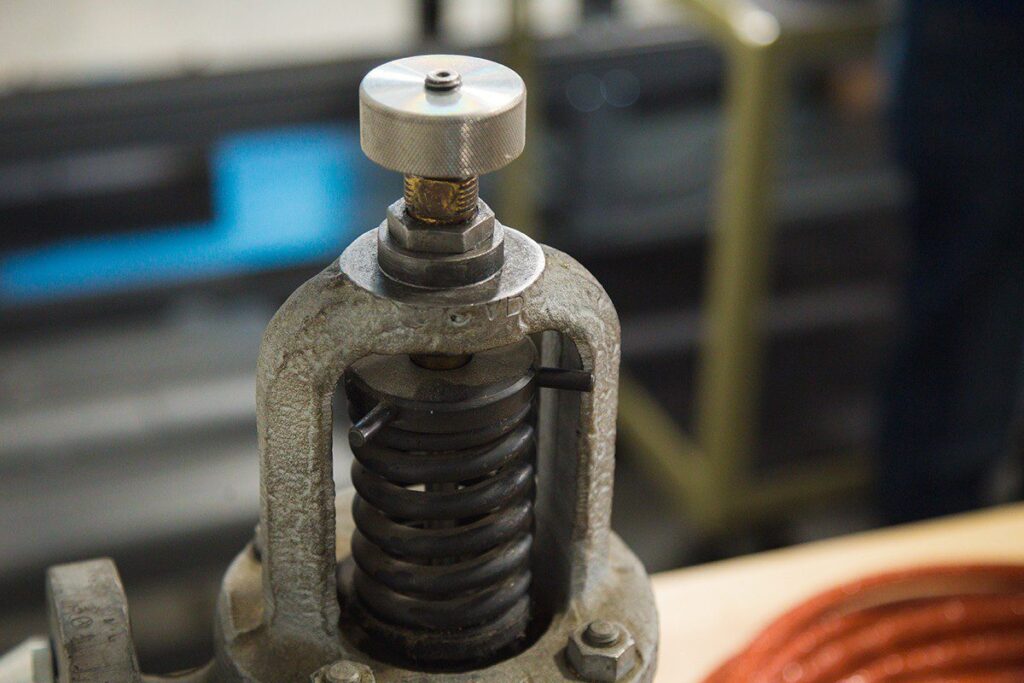
If the signs of a failing PRV start to become apparent, there’s nothing to be gained by waiting as the possible damage, once it does fail, could be extensive and expensive.
Contact a Professional Plumber
We recommend calling a licensed and experienced plumber to assess the situation. They will diagnose the problem with your PRV and advise appropriate solutions, including possible replacement.
Depending on the severity of the issue, the plumber will advise whether the PRV needs repair or replacement. Minor problems might be fixable, but if it’s worn out, the best thing to do is replace it. There are several types and brands, and an expert will be able to advise on which is most suitable for your particular system.
Turn Off Water Supply
If you’re experiencing significant water leaks or high water pressure, you may need to turn off the main water supply to your home, at least for those periods in the day when it is practical to do so. This will help to prevent expensive wastage, reduce the risk of further damage, and give you time to address the PRV issue.
While some plumbing tasks can be carried out by the home handyman, installing or replacing a pressure-reducing valve is one where you should call in a professional plumber. Because the PRV is such an important part of the plumbing, it’s vital that it’s positioned and installed correctly, is adjusted and functioning optimally, and is the correct choice for the specific system.
Conclusion
A PRV isn’t always essential, but in situations where the main water supply is higher than 80 psi, it is a plumbing code requirement. Even if this is not the case, the valve is a valuable protective mechanism, preventing damage to water heaters, faucets, showers, and toilets, as well as appliances. PRVs wear out, so they must be checked and repaired or replaced when they show signs of failing.
At Total Underground Construction, we have trained and certified experts who are committed to providing exceptional service in the Bay Area, covering the replacement of PRVs, all plumbing maintenance and installations, as well as 24/7 emergency repairs. We’ll come to you for a free consultation and provide estimates for any job you require. Contact details are on our website.

